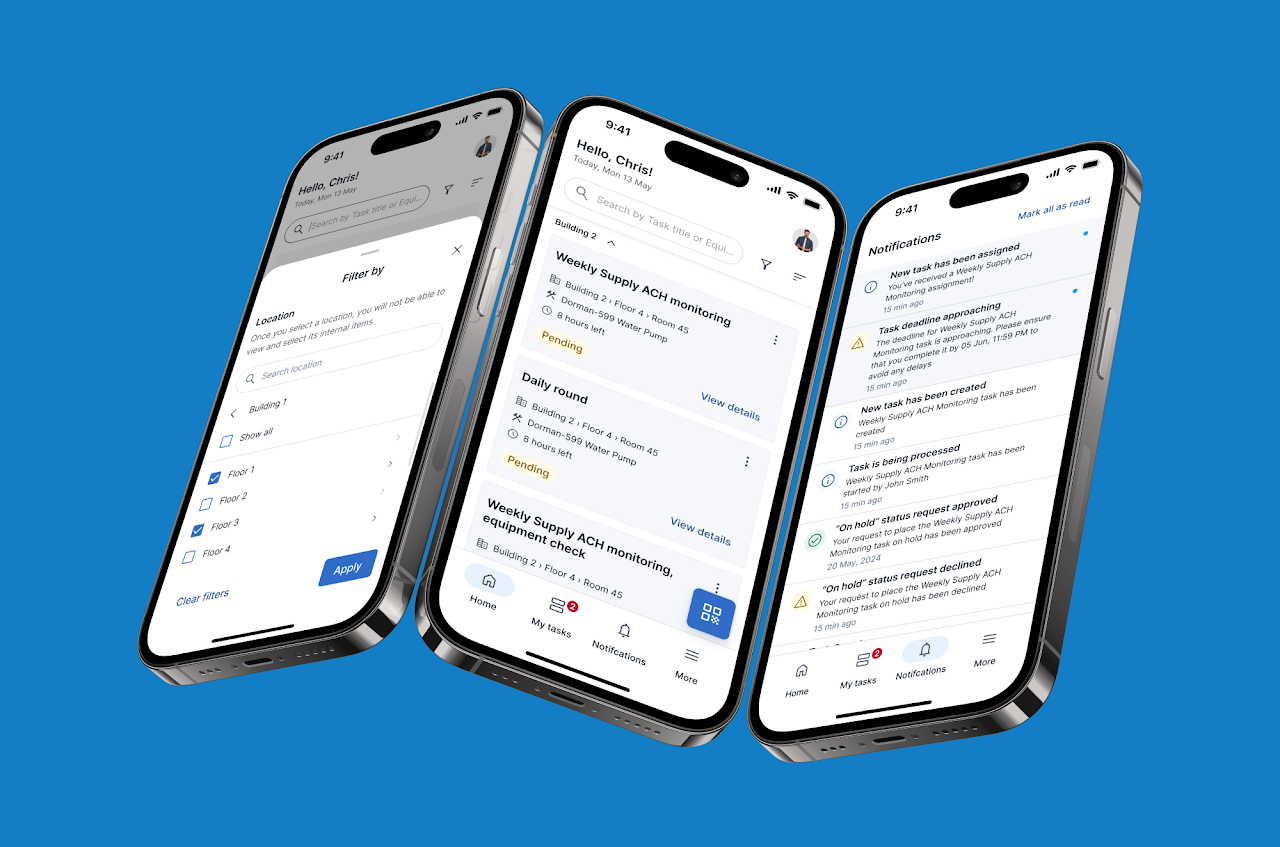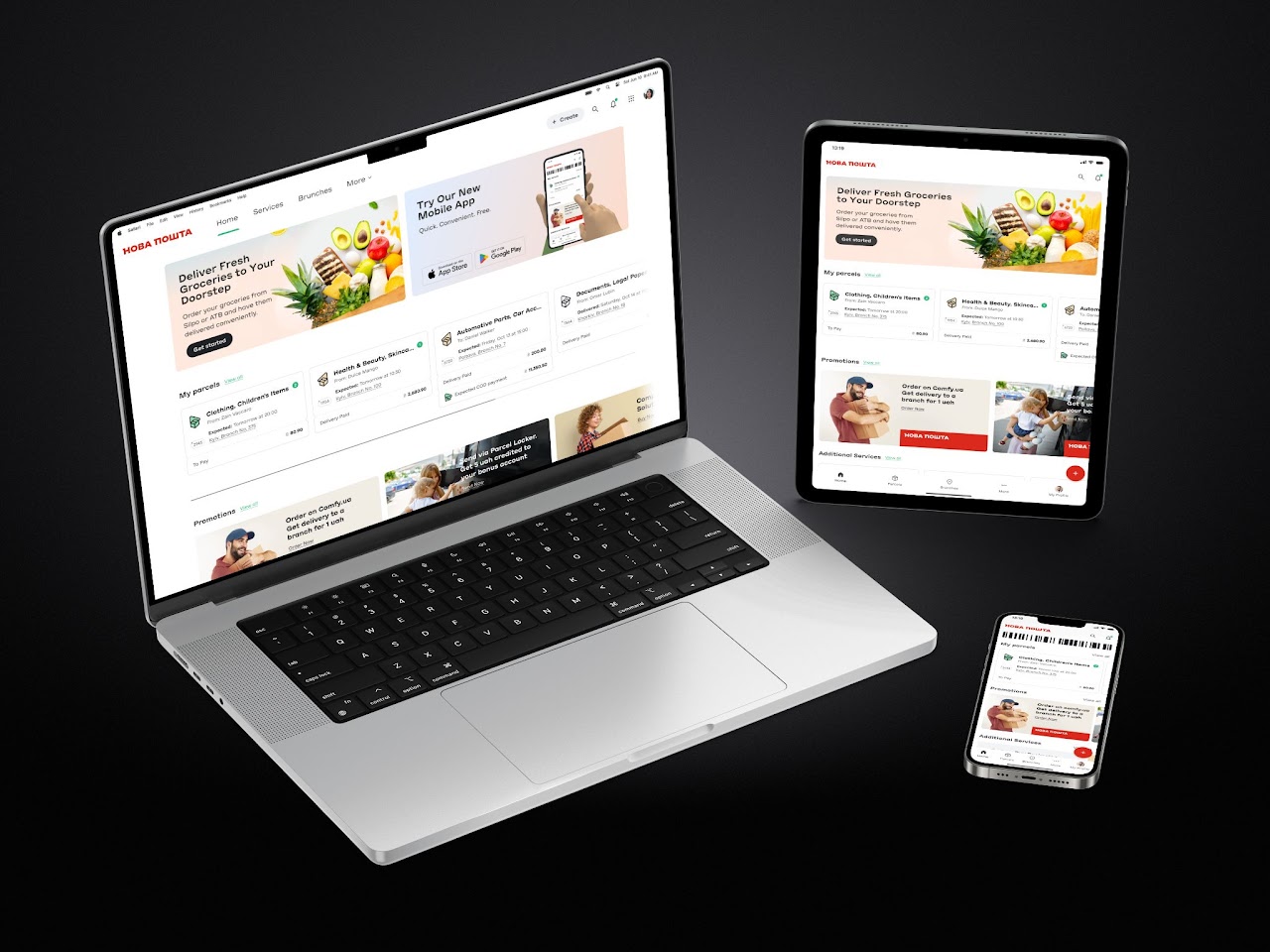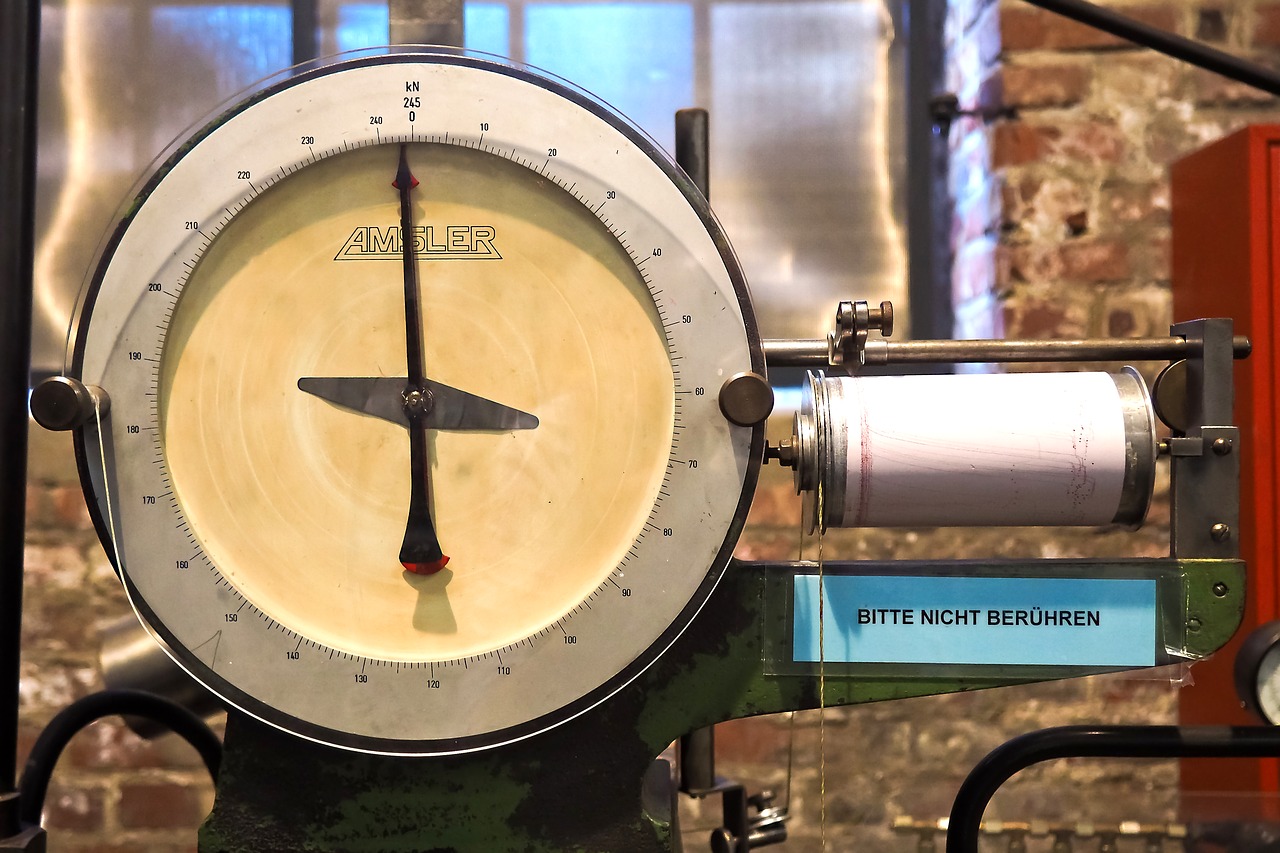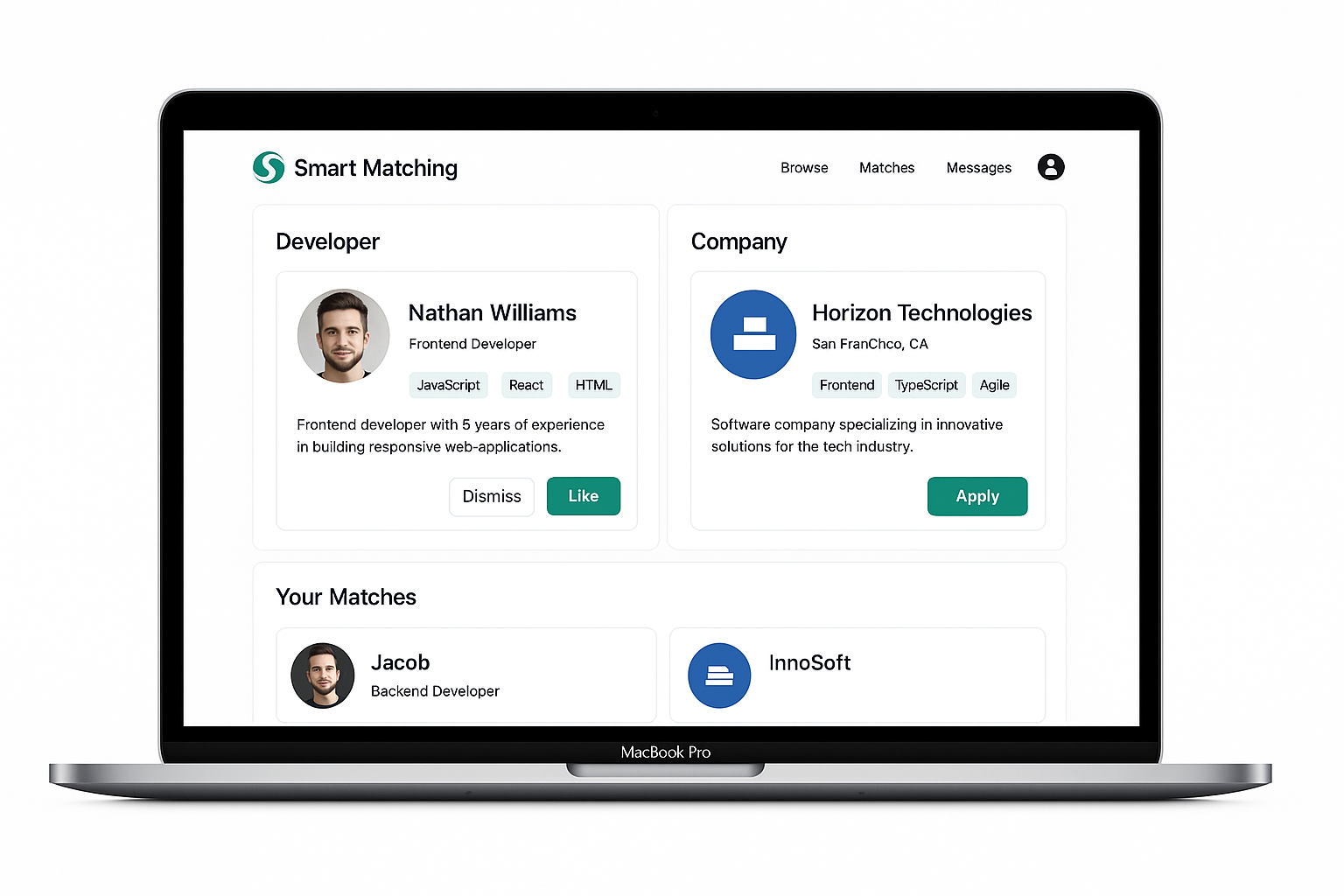The table of content
Introduction: Why Retention Is the New Competitive Advantage
Employee turnover is more than just an HR metric — it’s a silent business killer.
It creeps in gradually but hits hard. When a skilled employee leaves, they don’t just take their belongings from the desk — they take knowledge, relationships, client trust, and operational continuity with them. Projects slow down. Teams lose rhythm. Morale dips. Recruitment budgets balloon. And productivity, often painstakingly built over months or years, takes an immediate hit.
In fast-paced, talent-hungry industries like tech, biotech, consulting, or finance, even a single strategic exit can cause cascading delays or missed revenue targets. Losing a top developer a month before a product launch, or a sales director halfway through the quarter, is not just inconvenient — it’s a business risk.
This is why retention matters. Not just as a soft HR objective, but as a hard-core strategic imperative.
Yet despite its importance, most companies still approach employee attrition reactively. The typical cycle goes something like this: a resignation email appears, a wave of confusion follows, an exit interview is scheduled, polite answers are given, and life moves on — until it happens again.
To understand what went wrong, HR teams often turn to engagement surveys, Net Promoter Scores, or gut feeling. These tools can be useful — but they’re lagging indicators. They highlight disengagement after it's happened, or worse, mask it with vague averages that overlook individual risks.
It’s a bit like driving with the rear-view mirror — you see the crash only after it’s happened.
But what if we flipped the script entirely?
What if we could anticipate who is at risk of leaving — not based on hunches or hindsight, but on real-time data? What if we could identify signals of dissatisfaction early, categorize risk levels intelligently, and act before people mentally check out?
That’s the bold promise of predictive analytics in HR. And it’s no longer a futuristic concept. It’s happening right now.
The case we’re exploring in this article shows how companies can turn workforce data into practical insight — not just to reduce employee turnover, but to rethink how they manage and support their people. By using predictive models to spot which employees might be at risk of leaving, and taking targeted action early, businesses can move from reacting to resignations to actively preventing them. It’s a smarter, more focused way to keep great talent — and build a stronger, more stable workplace.
Because when you treat people risk like any other operational risk — measurable, manageable, and preventable — you don’t just hold onto talent. You build a workplace where people want to stay.
The Challenge: Why People Leave — and Why It’s So Hard to See Coming
Understanding why employees leave is rarely straightforward. In most cases, it’s not a single trigger but a combination of factors that accumulate over time. Employees may feel stuck in their roles, disconnected from their team, uncertain about their future, or dissatisfied with compensation or work-life balance. External factors — like attractive offers from competitors — also play a role, especially in tight labor markets.
The complexity lies in the fact that many of these reasons aren’t immediately visible. While some employees may voice concerns or show clear signs of disengagement, many do not. In practice, dissatisfaction often builds quietly, without obvious signals until the decision to leave has already been made.
This is why HR professionals often refer to the “iceberg” nature of employee turnover. Surface-level issues — like a complaint during a review or a noticeable drop in performance — represent only a small part of the picture. Below that is a broader set of behavioral and motivational factors that are much harder to detect through traditional tools.
Standard HR processes offer limited visibility into this deeper layer. Engagement surveys may identify general trends but don’t always capture individual risk. Exit interviews provide insight, but only after an employee is already out the door. One-on-one check-ins may help, but they depend heavily on trust, timing, and whether the employee feels comfortable being candid.
As a result, many organizations lack a reliable way to anticipate turnover. When someone resigns, the response is often reactive — focused on backfilling the role rather than understanding or addressing the underlying drivers. This not only disrupts operations but also misses opportunities for earlier, more strategic intervention.
The real challenge is predictive: how can an organization estimate the likelihood that a specific employee is considering leaving — early enough to make a meaningful difference? Addressing that question is where data and analytics begin to offer real value.
The Solution: Building a Predictive Model for Employee Turnover
The company in our case built a predictive model designed to estimate the probability that each employee would leave. The model didn’t treat the workforce as a single block. Instead, it analyzed each individual and placed them into distinct risk categories — from less than 10% likelihood of leaving, all the way up to over 90%.
To power the model, dozens of data points were collected and analyzed. These included time at the company, performance trends, team changes, promotions or lack thereof, salary adjustments, participation in projects, time off, peer feedback, and even subtle shifts in productivity or behavior. By combining all this, the algorithm learned to identify patterns common among past employees who had resigned.
The result? Striking accuracy. The model correctly identified over 90% of those who eventually left — and it did so before they gave any formal notice. Even more impressively, a full 35% of all leavers were concentrated in the highest-risk category — employees flagged as having a 90–100% chance of quitting.
This insight was a game-changer. It allowed the HR team to stop treating employee engagement as a one-size-fits-all effort and start focusing where it mattered most.
What Happened Next: Acting on the Data
A predictive model was developed to estimate the likelihood of each employee leaving the organization. Rather than evaluating the workforce as a whole, the model assessed risk at the individual level. Employees were assigned to specific risk categories — ranging from low probability (under 10%) to very high risk (over 90%) — based on a variety of behavioral and contextual indicators.
The model was built using a wide set of internal data points. These included tenure, performance history, internal mobility, recent promotions or stagnation, changes in compensation, team dynamics, involvement in projects, leave patterns, and peer feedback. In some cases, even minor variations in behavior — such as a drop in meeting participation or sudden declines in productivity — were factored into the analysis.
By training on historical data from past resignations, the model was able to identify patterns associated with voluntary attrition. The outcome was a system with high predictive accuracy: more than 90% of employees who eventually left had already been flagged as high or very high risk. Notably, 35% of all leavers were clustered in the 90–100% risk group.
This level of precision enabled the HR team to shift its approach. Instead of applying broad engagement programs across the entire organization, efforts could be targeted toward individuals most likely to leave — maximizing impact while minimizing wasted resources. Risk stratification also allowed for earlier and more personalized interventions, improving the chances of retention where it mattered most.
Why This Approach Is Different: From Gut Feelings to Evidence-Based HR
Traditional HR methods tend to rely heavily on observation, experience, and generalized feedback tools. Managers may notice a change in an employee’s behavior or sense that someone is becoming disengaged, but such insights often come late — when the decision to leave has already been made. Engagement surveys are another common tool, but they typically provide high-level snapshots that can mask individual concerns. As a result, initiatives aimed at improving retention are frequently broad in scope — rolled out across entire teams or departments, even when only a few individuals are at real risk.
This approach is not only inefficient but also reactive by design. It focuses on managing outcomes after they’ve happened, rather than identifying problems early and addressing them before they escalate.
In contrast, predictive modeling introduces a more proactive, evidence-based approach to retention. It enables organizations to anticipate risk rather than respond to turnover after the fact. Instead of relying on assumptions or anecdotal signals, HR teams can work with structured insights about which employees are most likely to leave — and why.
This targeted approach significantly improves how resources are allocated. Rather than deploying one-size-fits-all engagement programs, companies can prioritize time and attention where the data indicates it will have the greatest impact. It allows for earlier conversations, tailored interventions, and ultimately, better outcomes for both the employee and the organization.
More broadly, this shift reflects the growing influence of what’s often called “Strategic HR.” In this model, data and people analytics are seen not as add-ons to traditional HR work but as core components of decision-making. The goal isn’t to replace human judgment with algorithms, but to augment it — equipping HR professionals and leaders with more accurate, timely, and actionable information.
In a competitive labor environment, having the right tools to detect risk, understand patterns, and take early action isn’t just helpful. It’s essential.
Measurable Business Impact: What Changed for the Company
The impact of this approach went far beyond HR dashboards.
Employee churn decreased — significantly. Fewer people left, meaning less time spent on hiring, less disruption to teams, and fewer sudden gaps in project capacity.
Morale improved. Employees felt that leadership was paying attention not just to outcomes, but to wellbeing and potential risks.
Resource allocation became more efficient. Instead of running blanket engagement initiatives, HR could focus time and budget on the individuals who needed it most — and avoid wasting energy on those who were perfectly happy.
The company’s employer brand also improved. Word spread internally that management was listening, supporting, and taking action. That kind of trust is hard to buy — but invaluable once earned.
What About Privacy and Ethics?
Naturally, the use of predictive models in HR raises important ethical considerations. The idea of algorithms assessing an employee’s likelihood of leaving can create discomfort, especially if the purpose or application is unclear. Without careful implementation, there’s a risk of crossing the line between proactive support and invasive monitoring.
To address this, responsible organizations treat transparency and trust as core principles. Predictive insights are not used to penalize employees or limit opportunities. Instead, they are intended to inform supportive, well-timed conversations and interventions — with the goal of improving the employee experience, not controlling it.
Access to sensitive information is typically restricted to a small group of HR professionals trained to interpret and act on the data appropriately. Just as important, the models are designed to be explainable. Rather than producing opaque, “black box” results, they offer clear reasoning based on observable factors, such as recent role changes, shifts in engagement, or patterns seen in past turnover cases.
Employees are informed that analytics are being used, and participation in follow-up actions remains voluntary. The emphasis is on enabling better dialogue — not enforcing outcomes.
When used responsibly, data-driven tools can enhance human-centered HR practices. They help organizations understand underlying risks and needs more clearly, enabling earlier, more targeted support. The objective isn’t surveillance — it’s insight. And when applied with care, that insight becomes a foundation for stronger relationships, better outcomes, and a more responsive workplace culture.
The Future of People Analytics: What Comes Next?
This case reflects a broader transformation underway in the field of human resources. HR analytics is evolving quickly — moving beyond traditional dashboards and static reports toward more advanced applications like predictive modeling, personalized engagement, and intelligent automation.
Many organizations are already incorporating these capabilities into existing systems. For example, enterprise platforms such as SAP SuccessFactors and Oracle are being extended with predictive modules that assess turnover risk, recommend career moves, or flag early signs of disengagement. Others are applying natural language processing to analyze open-ended survey responses or manager notes, extracting insights that would otherwise go unnoticed in qualitative feedback.
Some companies are also expanding the scope of their models by integrating external data — such as market salary benchmarks, job mobility trends, or macroeconomic signals — to enhance context and improve accuracy.
Over time, these tools are shaping a more individualized employee experience. From the moment a new hire joins the organization, data can inform tailored development paths, suggest relevant internal roles, match employees with mentors, or adjust engagement strategies based on evolving needs.
The end goal is not just to prevent turnover, but to build an environment where people are more likely to grow, contribute, and stay — supported by systems that adapt to them, not the other way around.
Conclusion: Retention Isn’t a Guessing Game Anymore
This isn’t just a story about one company’s clever algorithm. It’s about a new way of thinking — a shift from passive HR to proactive, strategic talent management.
When over 90% of employee exits can be predicted in advance, turnover stops being a mystery and starts becoming a solvable challenge. It’s no longer about scrambling to hire replacements. It’s about keeping the right people in the first place.
In an economy where talent is the true competitive edge, the ability to retain your best people — with empathy, precision, and foresight — is no longer optional. It’s the heart of a sustainable business strategy.
The big idea: Predictive analytics won’t stop every resignation. But it will help you act before it’s too late — and that makes all the difference.

















.avif)








































.png)
.png)
